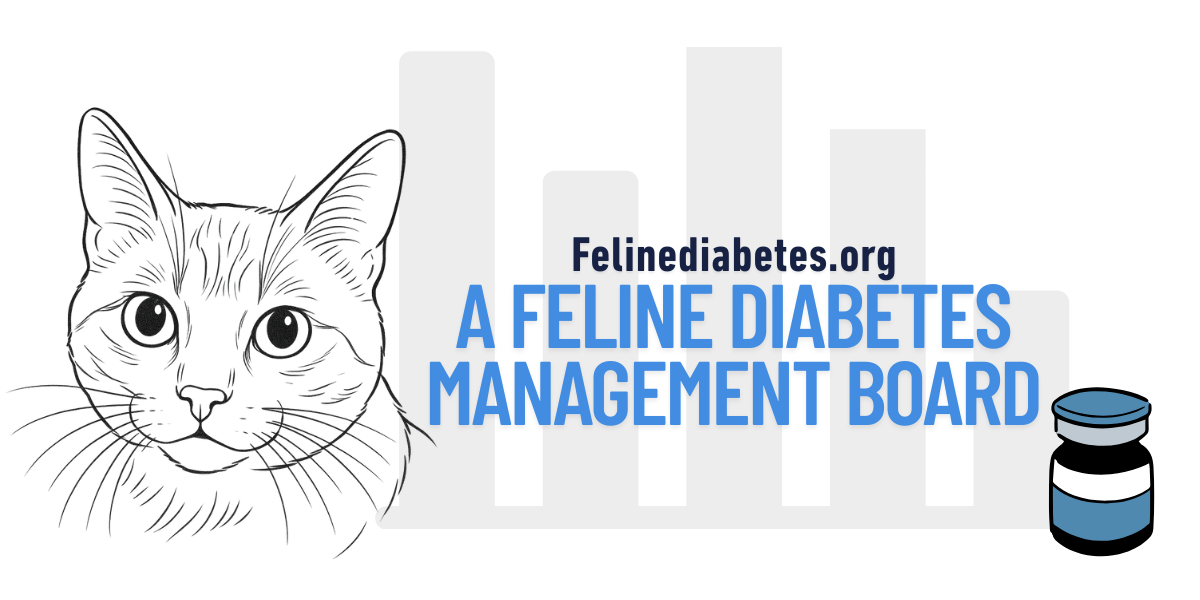Exploring New Treatment Options for Feline Diabetes
As more treatment options emerge for managing diabetes in cats, many pet owners have questions about their safety, effectiveness, and suitability. Below is a breakdown of newer therapies, along with key considerations and findings from available studies to help caregivers make informed decisions in consultation with their veterinarian.
SGLT-2 Inhibitors: Bexacat & Senvelgo
Originally developed for humans, sodium-glucose cotransporter 2 (SGLT-2) inhibitors like Farxiga and Jardiance gained popularity for managing type 2 diabetes, heart failure, and even aiding weight loss. This drug class has now expanded into feline care with two FDA-approved medications:
- Bexacat (bexagliflozin) – Approved in late 2022 as a once-daily oral tablet.
- Senvelgo (velagliflozin) – Approved in 2023 as a daily liquid formula.
These medications lower blood sugar by blocking glucose reabsorption in the kidneys, allowing excess sugar to be excreted in the urine. However, they are not suitable for cats who have previously been on insulin therapy or show signs of diabetic ketoacidosis (DKA). A rare but dangerous side effect—euglycemic DKA—can occur even when blood glucose levels appear normal, making monitoring critical.
Important Screening & Monitoring
Before starting either medication, cats should be thoroughly evaluated:
- Must be alert, eating, drinking, and active
- Screening should include a physical exam, full blood work, fructosamine, and urine analysis
- Any signs of ketones, DKA, liver/kidney disease, or recurring UTIs are reasons to avoid these drugs
Even a short delay in treatment post-diagnosis can raise the risk of complications. Regular follow-up—including weight checks, ketone testing, bloodwork, and clinical signs—is vital during and after treatment.
Pros
- Oral administration (no injections)
- Once-a-day dosing
- Easier for caregivers who are needle-averse
- May reduce treatment costs compared to insulin
Cons
- Not for insulin-dependent cats
- Increased DKA risk, especially without close monitoring
- Side effects: diarrhea, dehydration, anorexia, lethargy, urinary issues
- Monitoring costs may outweigh the convenience for some families
- Limited long-term safety data
Dosage
- Bexacat: Fixed 15 mg tablet, can be crushed and added to food
- Senvelgo: Liquid based on weight (0.45 mg/lb), must be given with a special syringe—not in food
Long-Acting Insulins: Tresiba & Toujeo
These insulins, commonly used in humans for long-lasting blood sugar control, have also been studied for use in cats:
- Tresiba (insulin degludec): Very long-acting in humans but appears to last about 11 hours in cats.
- Toujeo (insulin glargine U300): Offers a flatter action profile than traditional glargine, but may require higher doses, potentially increasing costs.
Both insulins work by creating a slow-release insulin reservoir under the skin. While they may benefit cats needing large insulin doses (like those with acromegaly), limited feline research means they are not widely used at this time.
Considerations
- No U300 syringes—must use the pen
- Not ideal for precise low-dose needs
- More study is needed on effectiveness in everyday feline diabetes management
GLP-1 Receptor Agonists: Exenatide ER (Bydureon)
GLP-1-based drugs enhance insulin secretion and suppress glucagon release in response to food intake. In humans, they help lower blood sugar and may promote weight loss.
While GLP-1 analogs show promise, especially early in a diabetic cat’s diagnosis, their benefits depend on the presence of functioning beta cells in the pancreas. Research in cats is limited and suggests these medications would need to be used alongside insulin for effective glucose control.
Final Thoughts
Emerging treatments like SGLT-2 inhibitors and GLP-1 therapies offer new possibilities for managing feline diabetes, but they also carry risks—especially for cats with complicating conditions or limited pancreatic function.
Caregivers considering these newer options should:
- Work closely with a knowledgeable veterinarian
- Conduct regular testing at home when possible
- Be alert for signs of DKA or other complications
- Understand that research is still evolving—especially around long-term outcomes and remission potential
These therapies may help in certain situations, but they are not one-size-fits-all solutions. For now, insulin remains the standard of care for most diabetic cats, with these alternatives offering potential in specific, carefully selected cases.
- Tim
Change Log:
Created on 5/18/2024. Next improvement here is more detail to be added, specific research papers.
Citation:
Sienne and Gabby (GA). "New Treatments for Feline Diabetes." Feline Diabetes Message Board (FDMB), 21 Dec. 2023. Info - New Treatments for Feline Diabetes | Feline Diabetes Message Board - FDMB
Last edited:
